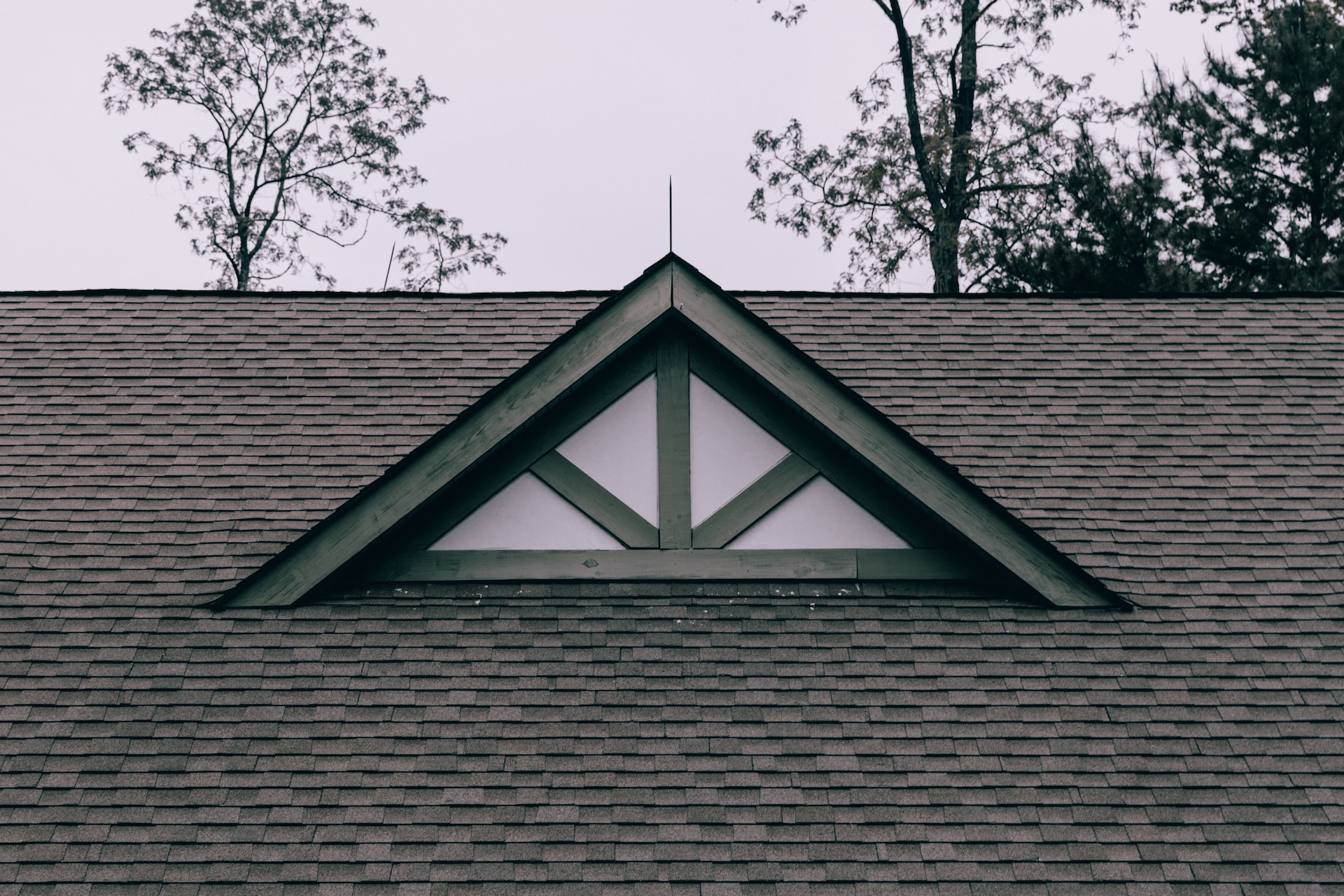When contemplating a new roof in Florida, it’s crucial to consider the state’s unique weather conditions. Florida’s climate is known for its high humidity, heavy rainfall, intense sun, and the possibility of hurricanes. These factors play a significant role in determining the most suitable Florida roofing materials and installation methods.
Choosing the Right Roofing Material
The choice of roofing material is paramount in Florida due to its harsh weather conditions. Popular options include asphalt shingles, metal roofing, clay or concrete tiles, and slate. Each material has its pros and cons. For instance, metal roofs offer excellent durability and wind resistance, which is ideal for hurricane-prone areas, while tile roofs provide a classic look and long lifespan but can be more expensive.
Asphalt Shingles: Popular but with Limitations
Asphalt shingles are a common choice due to their affordability and variety in styles and colors. However, in Florida’s hot and humid climate, they may have a shorter lifespan compared to cooler regions. It’s important to choose high-quality, moisture-resistant shingles and ensure proper installation to maximize their lifespan.
Metal Roofing: Durability and Wind Resistance
Metal roofing is increasingly popular in Florida due to its durability, long lifespan, and wind resistance. Metal roofs can withstand the high winds of hurricanes and severe storms, making them a wise choice for Florida homeowners. They also reflect sunlight, helping to keep homes cooler and reducing air conditioning costs.
Tile Roofing: Aesthetics and Longevity
Clay and concrete tile roofs are favored for their aesthetic appeal and longevity. They are highly durable, resistant to rot and insect damage, and can last for decades. However, they are heavy and require a strong supporting roof structure. Additionally, their installation and repair can be more costly than other materials.
Slate Roofing: Natural Beauty with a High Price
Slate roofing is another option, known for its natural beauty and longevity. Despite being one of the priciest roofing materials and having substantial weight, slate demands robust structural support. While not the most pragmatic option for numerous Florida homes, it merits consideration for upscale properties.
Importance of Wind Resistance
Given Florida’s susceptibility to hurricanes and high winds, wind resistance is a critical factor in choosing a roofing material and installation method. Look for materials rated for high wind speeds and ensure that the installation complies with local building codes designed to withstand extreme weather conditions.
Energy Efficiency and Sun Exposure
Florida’s intense sun exposure means that energy efficiency is an important consideration. Reflective roofing materials or coatings can help in reducing heat absorption, thereby lowering cooling costs and improving indoor comfort. Metal and light-colored roofing materials are generally more effective in reflecting sunlight.
Water Resistance and Proper Drainage
Florida’s heavy rainfall necessitates a roofing system with excellent water resistance and proper drainage. Ensure that the roofing material and the installation method are designed to effectively channel water away from the roof, preventing leaks and water damage.
Professional Installation and Local Building Codes
Professional installation is key to ensuring the longevity and effectiveness of your new roof. It’s essential to hire a reputable and experienced roofing contractor who is familiar with Florida’s building codes and climate-specific challenges. Proper installation is crucial for the roof to withstand extreme weather and to ensure that warranties remain valid.
Maintenance and Durability
Consider the maintenance requirements and durability of your chosen roofing material. Some materials may require more frequent maintenance but offer a longer lifespan, while others may be more low-maintenance but need to be replaced more often. Weigh these factors according to your personal preferences and long-term budget considerations.
Budget and Long-term Costs
Your budget is a significant consideration when getting a new roof. Although opting for the cheapest choice is tempting, it’s crucial to weigh long-term expenses, such as maintenance, repairs, and potential energy savings. Investing in a pricier yet durable and energy-efficient roof can prove more cost-effective in the long run.
Aesthetics and Home Value
The aesthetic appeal of your roof should complement the overall look of your home. A roof that matches the architectural style of your house can enhance its curb appeal and potentially increase its value. Consider how the color and style of the roofing material will blend with your home’s exterior.
Insurance and Warranty Considerations
Look into the insurance and warranty options for your new roof. Some materials may offer longer warranties, and certain installation methods may be required to maintain warranty validity. Additionally, certain roofing choices may impact your home insurance premiums, especially in hurricane-prone areas.
Environmental Impact
For environmentally conscious homeowners, consider the environmental impact of your roofing material. Some materials are more sustainable and have a smaller environmental footprint. Recycled materials, energy-efficient options, and materials with a longer lifespan can be more environmentally friendly choices.
Conclusion
In conclusion, getting a new roof in Florida requires careful consideration of various factors due to the state’s unique climate challenges. The choice of material, resistance to wind and water, energy efficiency, installation quality, maintenance, and budget all play crucial roles in this decision. By thoroughly evaluating these aspects and consulting with roofing professionals, Florida homeowners can ensure that their new roof will provide safety, comfort, and aesthetic appeal for years to come.
